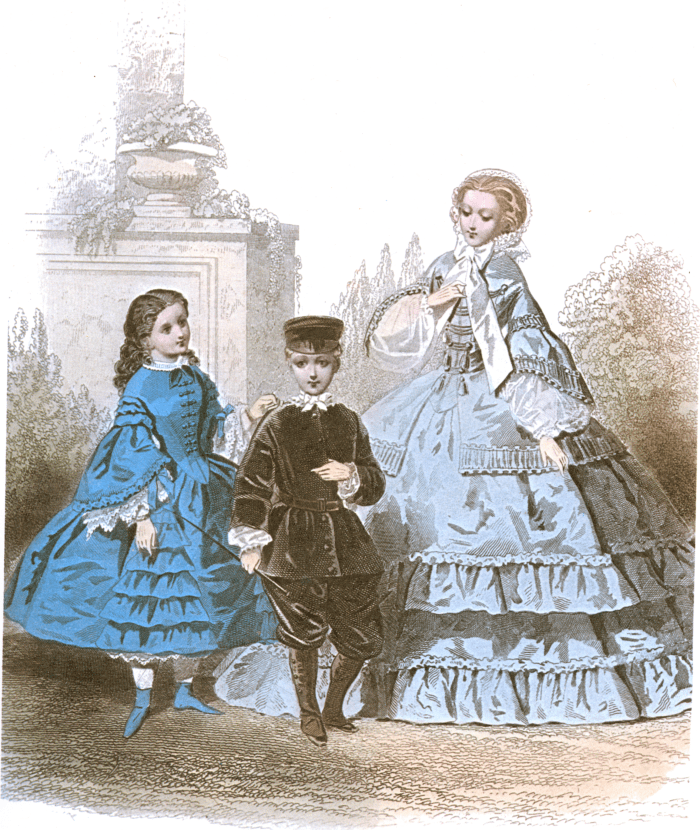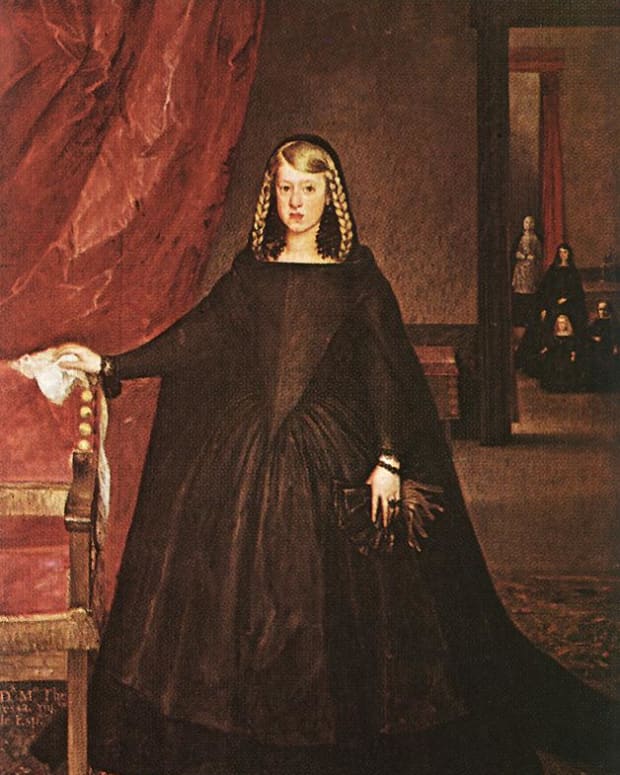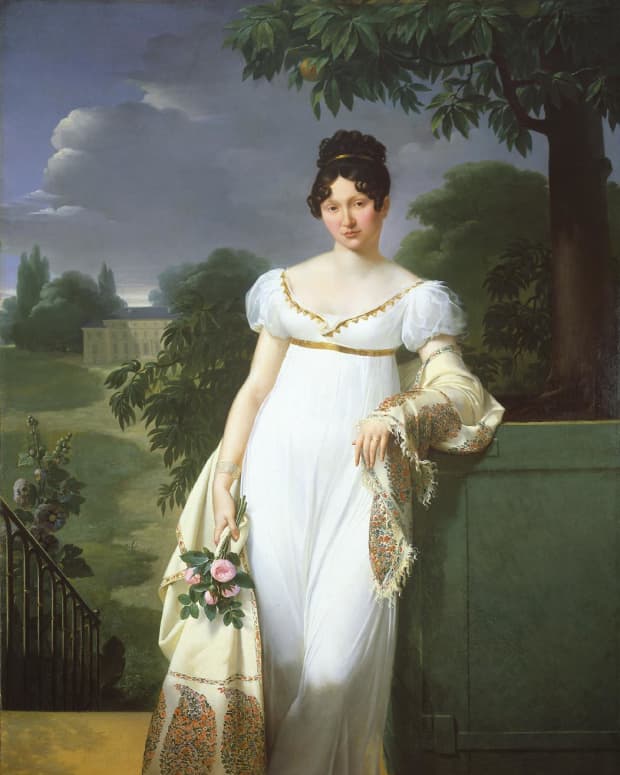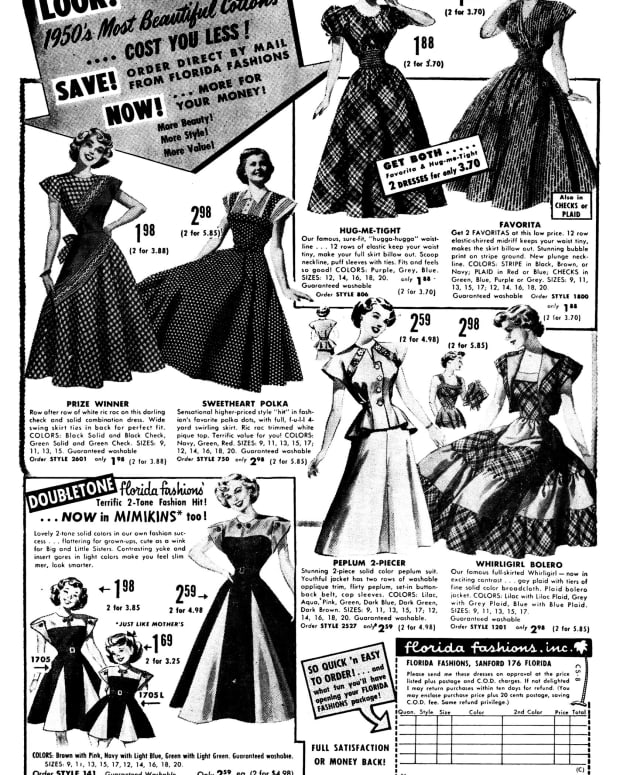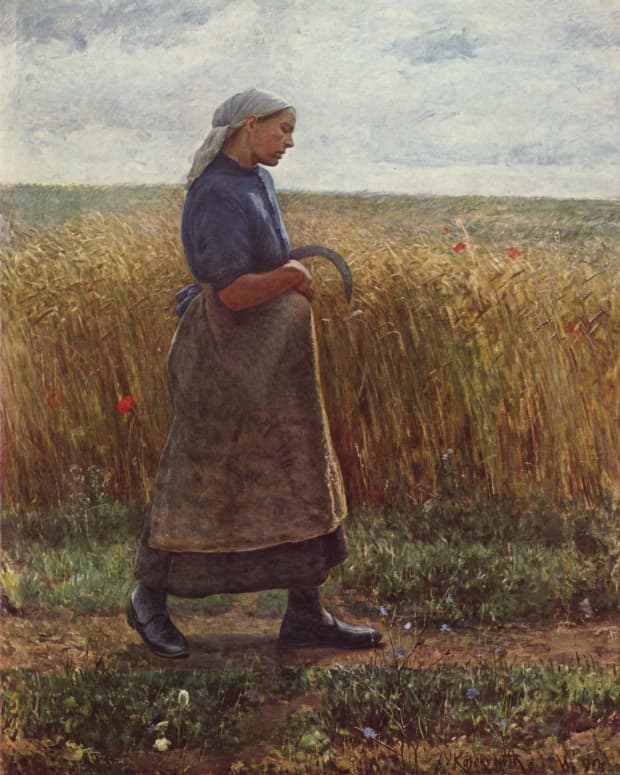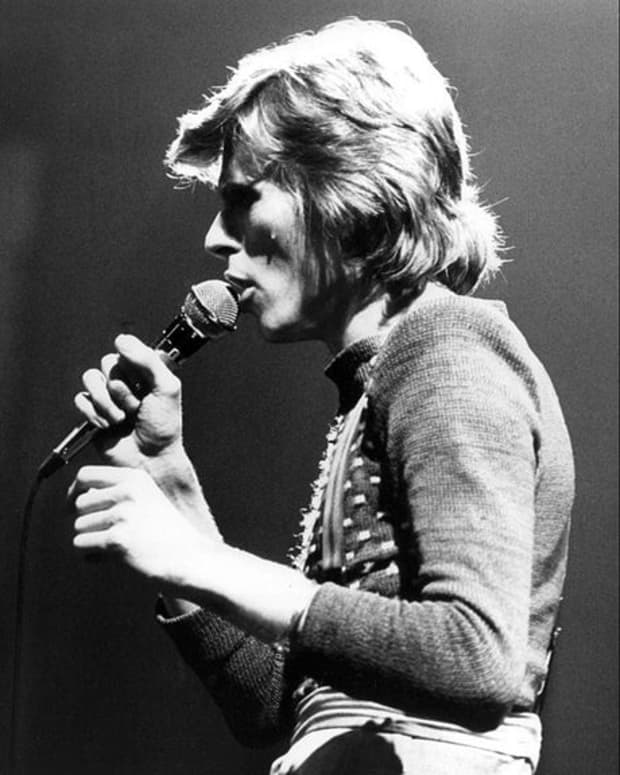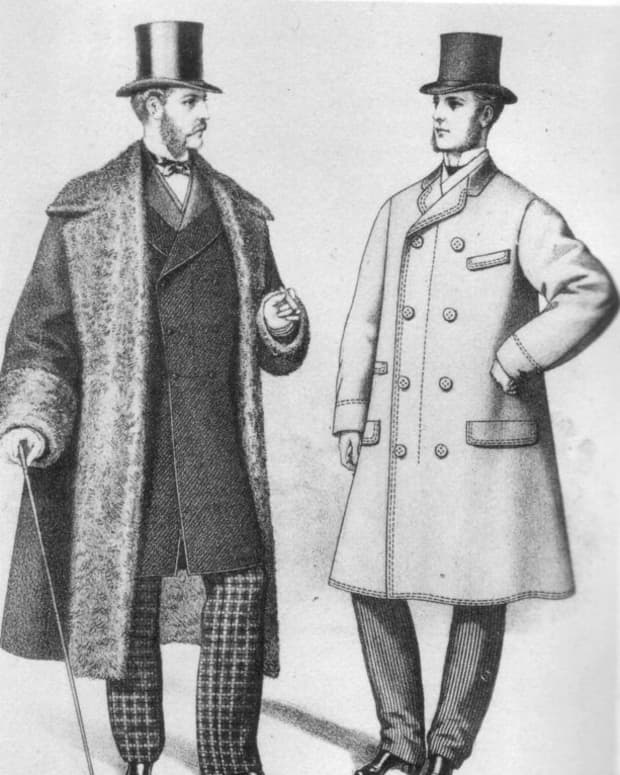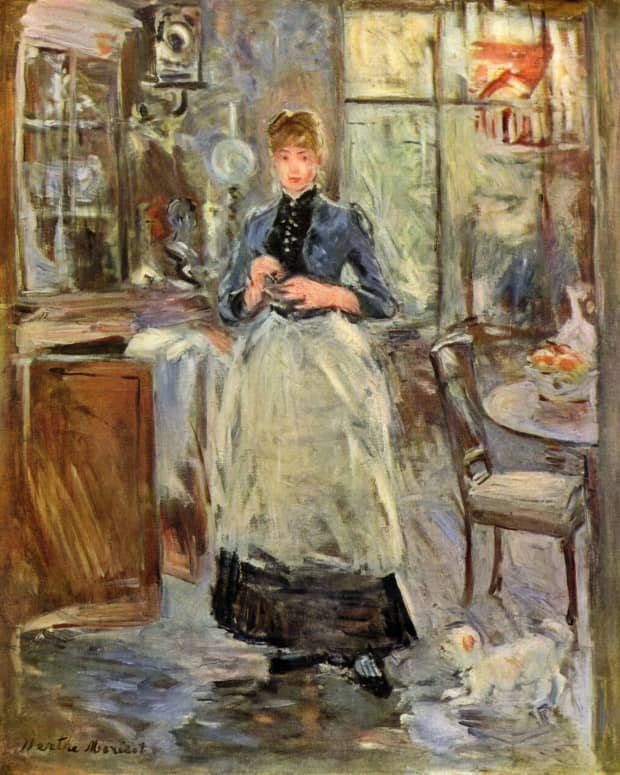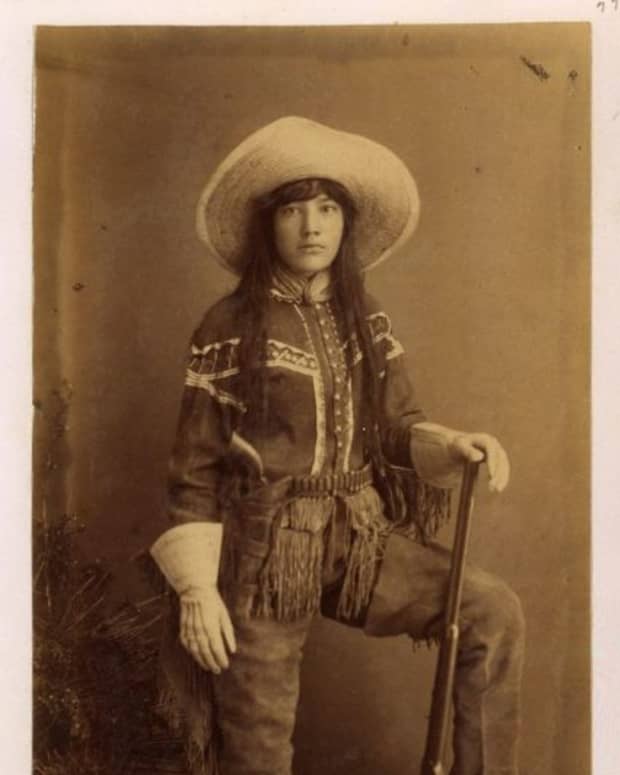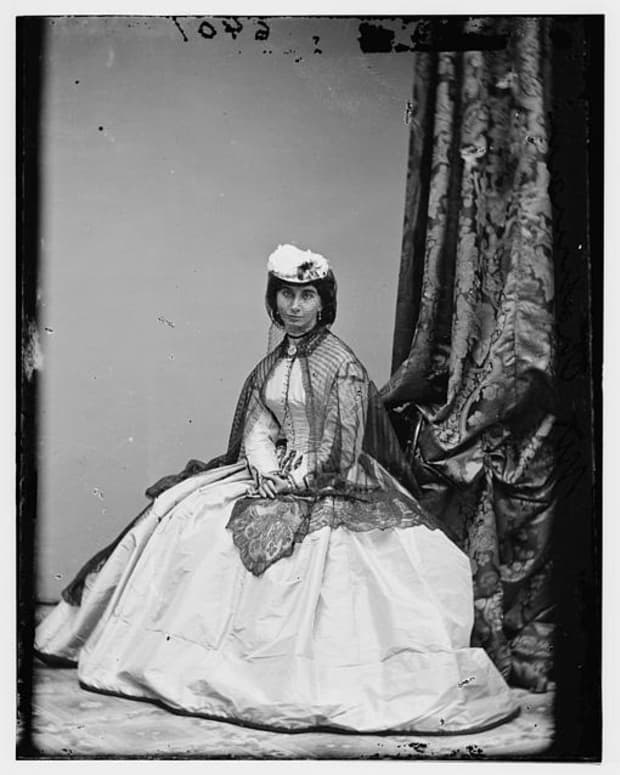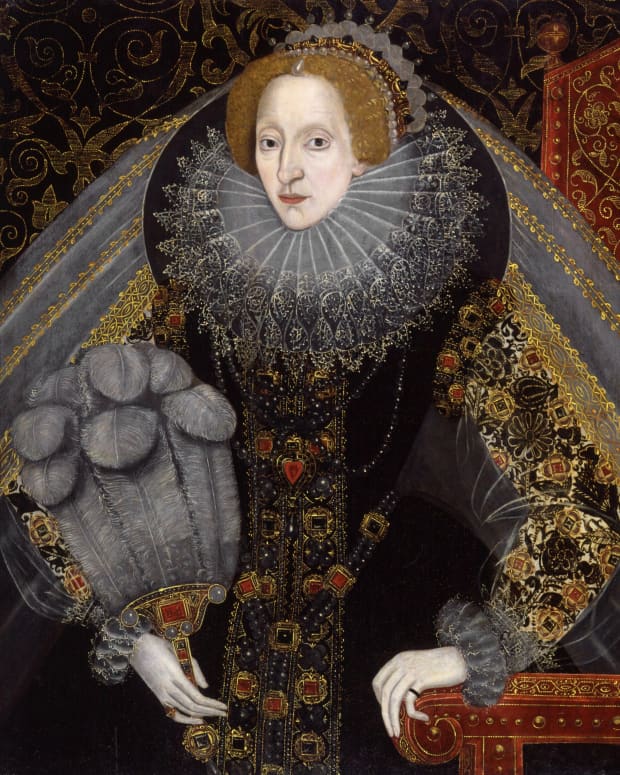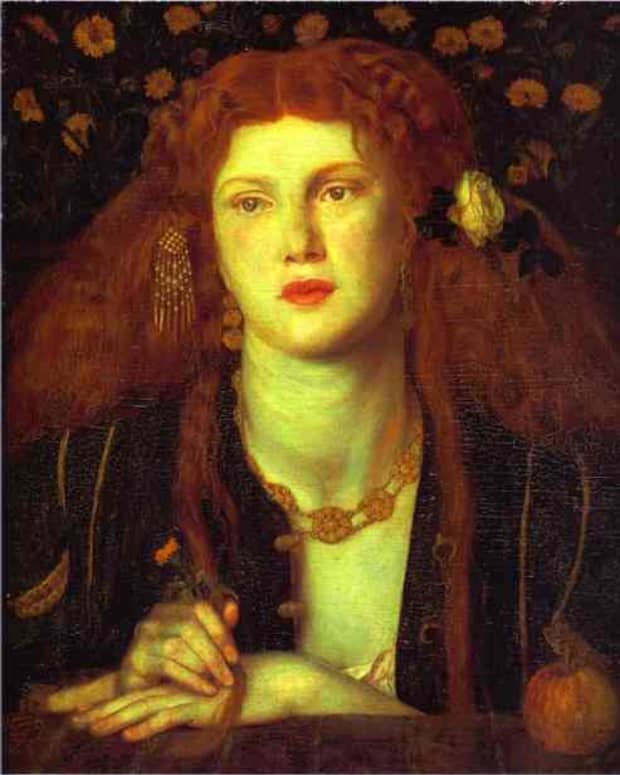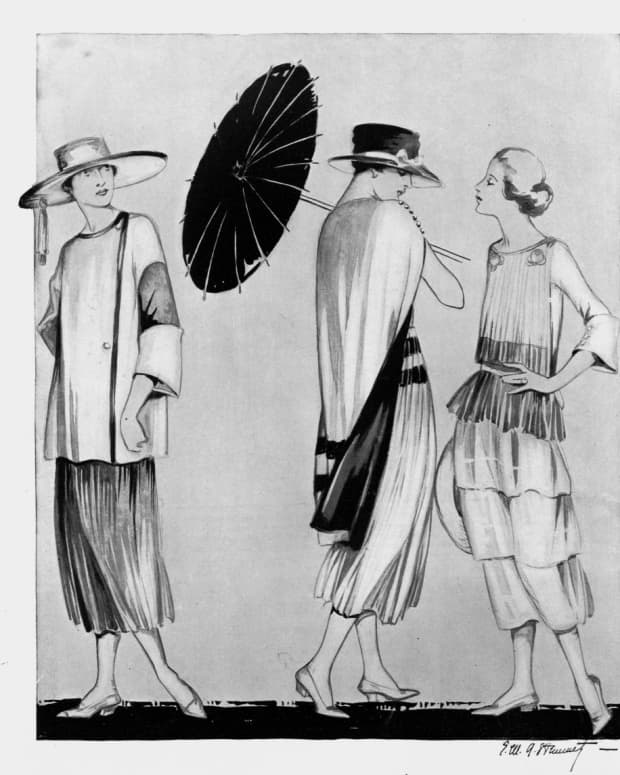Children's Clothing of the 19th Century
Dolores's interest in fashion history dates from her teenage years when vintage apparel was widely available in thrift stores.
Children's clothing of Europe and the United States in the 19th century was made at home, hand-sewn by mothers or seamstresses. All babies wore long gowns with hems reaching far beyond the feet until they began to crawl. The white cotton gowns were easy to bleach and launder. Simple white caps could be decorated with lace, ruffles, or embroidery.
Toddler girls and boys were dressed the same, with little boys wearing skirts or dresses until the age of 5–7. In old photographs and paintings, it can be close to impossible to tell the boys from the girls as boys often wore long curls. Despite their girly garments, boys were allowed rough tumble and play. In some old photographs, little boys can be spotted with short hair.
Breeching was the term used when boys switched from dresses to trousers or short trousers called knickerbockers.
While fashion plates featured children dressed like miniature adults, reality did not always follow suit. Clothing for special occasions or Sunday best featured more fashionable lines and tailoring and fancier fabrics than for regular day wear.
For most of the century, young girls wore loose dresses with a ruffled yoke top. The dresses could be worn loose or belted with a sash. Young girls usually wore pinafores, a full-body apron featuring ruffled edging to protect their clothing.
Lower class and poor children often wore adult's used clothing that had been cut down and remade to fit.

Poor children circa 1891
Painting by Simm Gluckich from the Bridgeman Art Library; wikimedia commons, PD
Childhood in the 1800s
The general overview of childhood differed greatly throughout Europe and the United States. The Romantic Period introduced the new concept of childhood innocence, a romantic ideal that conflicted with the reality of many lives. Nearly half the babies born during the 19th century died before the age of five. African American children of the American South were born enslaved. Poor and working-class children in Europe and the United States worked twelve-hour days in mines and textile mills. Corporal punishment was the norm for even well-to-do children and some girls were intentionally malnourished to postpone the onset of menarche.
Education was for the upper and middle classes. Boys learned academic skills as well as sportsmanship and leadership. Girls' education consisted of languages, music, needlework, and dance. It was not until 1900 that the United States mandated compulsory education for children until age eleven. By 1910, 72% of American children attended school regularly, half of them in one-room schoolhouses.
Early 1800s
Women's fashions in the early part of the century reflected an interest in Ancient Greece. Girls' high waisted (Empire style) dresses were based on adult styles but with shorter hemlines.
Pantalettes were worn under dresses and showed below the hemline. Made of linen or muslin, pantalettes consisted of two tubes of fabric joined at the waist. They could be decorated with lace, ruffles, or embroidery. Small boys also wore the empire dresses and pantalettes.
Girl's hair was worn in simple styles, worn long or slightly curled that resembled Ancient Greek styles.
Outdoor wear consisted of capes and bonnets. A pelisse was an open, robe-like coat trimmed at the collar and front edges with fur or velvet.
Little boys dressed like girls. By age four or five, boys wore trousers under skirts then graduated to skeleton suits—a loose, wide-collared shirt with ankle-length trousers buttoned to the bottom of the shirt. When boys reached eleven years of age, they dressed like little men.
Boys and girls wore slipper-type shoes or soft boots.
Read More From Bellatory
Romantic Period 1820–1850
During the Romantic Period, very young boys and girls still dressed the same. While the previous period enjoyed a fashion based on comfort, the century began to move toward the rigid restraint so iconic of the Victorian era (Queen Victoria ascended the throne in 1837). When tiny waists became popular for both men and women, fashion plates depicted children with unnaturally tiny waists.
Children's garments appeared in fashion magazines. Then, as now, the high fashion was depicted with some exaggeration. Children's styles mimicked adult fashion with all its heavy tailoring. When women's sleeves ballooned large, boys' and girls' sleeves followed suit.
Girls wore lace-trimmed pantalettes under their skirts. Little girls wore knee-length skirts. As they aged, hemlines lowered.
Boys continued to wear dresses until age five or six. The skeleton suit remained popular until the 1830s. Young boys wore tunic suits which consisted of a long jacket, fitted at the waist that fell into a skirt-like tunic that hung to the knee. Tunic suits included matching trousers.
Older boys wore Eaton suits featuring a short, single-breasted, wide-lapelled jacket that ended at the waist. Older boys also wore waistcoats (vests) and neckties.
Crinoline Period 1850–1869
At midcentury babies still wore long gowns and caps. Little boys wore knee-length skirts. After breeching, boys often wore sailor suits with blousy tops featuring wide, square collars. Short pants called knickerbockers (loose, short pants gathered and buttoned at the knee) were worn with the sailor style often called middy shirts. Boys wore knee-length trousers or knickerbockers until they were fourteen years old.
Older boys wore Eaton jackets and long trousers. Outdoors, in cold weather, boys wore men's style coats such as Ulster, Inverness, or Chesterfield styles. Knit garments appeared for bed wear.
Young girls wore wide skirts patterned after the huge, hoop skirts women wore mid-century. Girls did not wear hoops in their skirts. Four-year-old girls wore knee-length hemlines. The hems lengthened as a girl aged until late teens when hemlines reached two inches above the ankles.
Corsets were introduced at sometimes very young ages. Early corsets for young girls were not as tight as those worn by grown women. The idea of corsets for pre-teens and teens was controversial. At the time, corsets were viewed as healthy undergarments meant to perfect posture, create a neat figure, and make a girl appear graceful. Some mothers went so far as to force young girls to wear corsets to bed.
Young girls still wore pantalettes until the 1860s. Boys and girls wore slipper shoes or soft boots. Girls began to wear colored or striped stockings.
1870–1900
The Industrial Revolution brought new technologies to children's wear. Diapers were mass produced in the late 1880s. Making children's clothes at home was simplified by the sewing machine which became available for home use in the 1860s. The electric sewing machine was introduced in 1889. By the 1890s ready made clothing for children was available at department stores. Mail order catalogs made shopping easier for rural customers.
Children's garments shown in fashion magazines still mimicked adult styles. Fashion plates depicted young girls wearing bustles (pads that added volume to the rear of a skirt.)
The breeching age for boys fell to age three when they began to wear short trousers. In the 1870s the short trousers were close fitted and in the 1880s were like short men's trousers. Boys wore knickerbockers or short trousers until the early 1940s.
Girls still wore the loose, yoke topped dress with ruffles. Sailor-style middy blouses and tunic tops based on Russian peasant costume became popular in the 1890s. When women (in the 90s) wore huge, leg-o-mutton sleeves, girls' dresses followed suit.
Toward the end of the 19th-century children's garments became less tailored and more comfortable. Romantic notions of childhood inspired children's garments. The illustrations of Kate Greenaway (as seen at the top of the article) inspired Liberty's of London to produce girls' dresses based on the early 1800s designs. Little Lord Fauntleroy suits, based on an 1886 novel, influenced mothers to dress their young sons in velvet jackets worn with white, wide lapeled shirts.
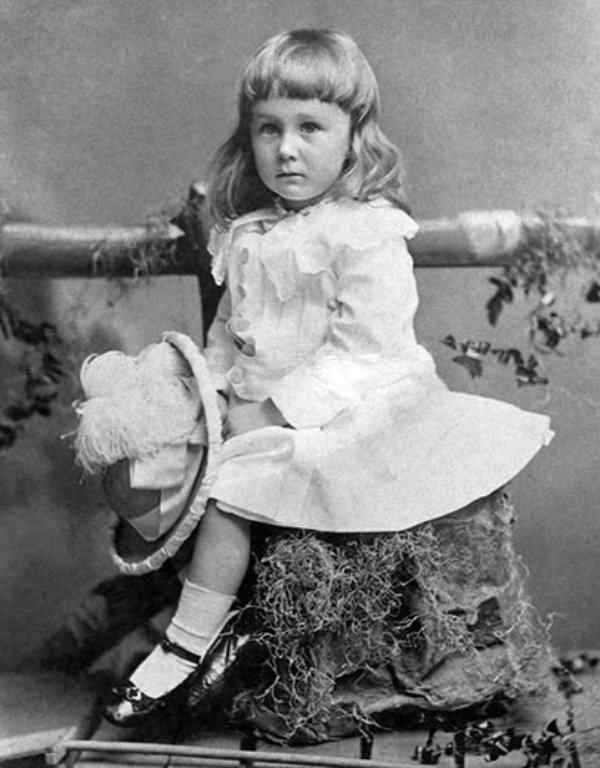
Franklin Delano Roosevelt circa 1884 - when little boys dressed like girls
Smithsonian Museum; wikimedia commons PD
© 2021 Dolores Monet









